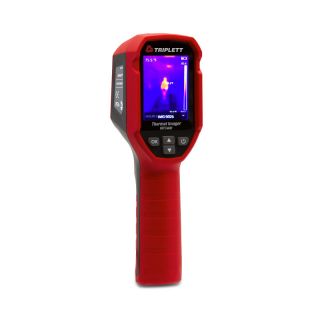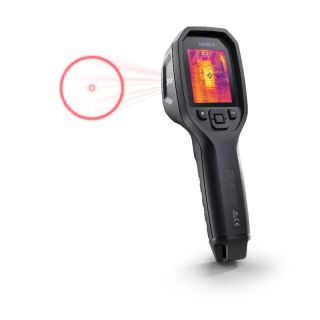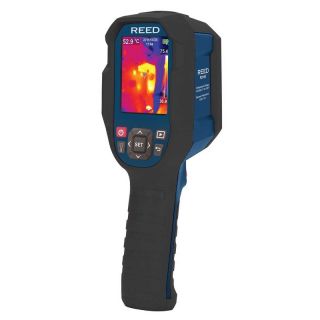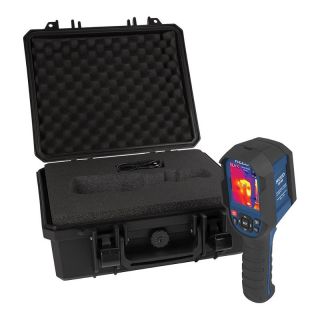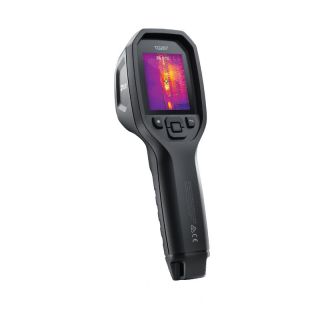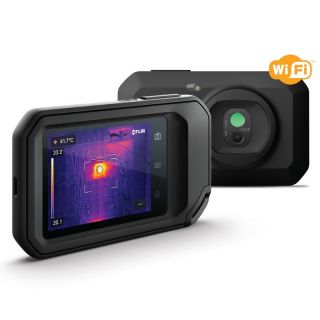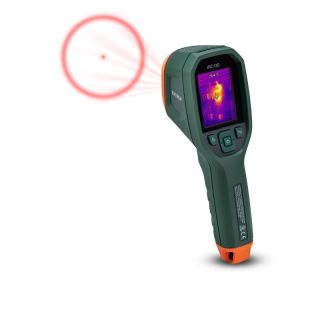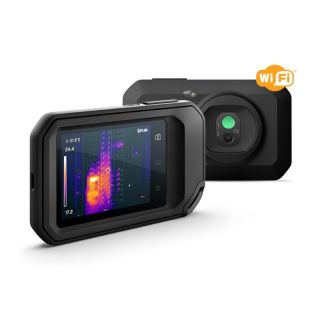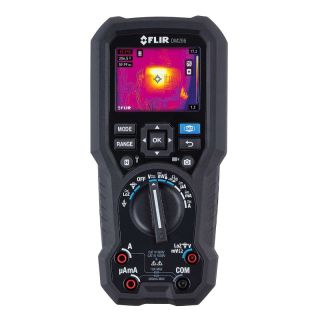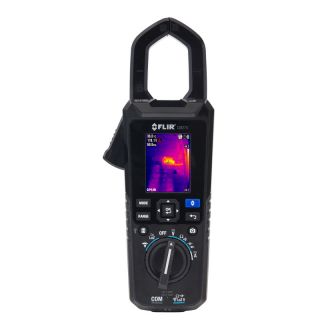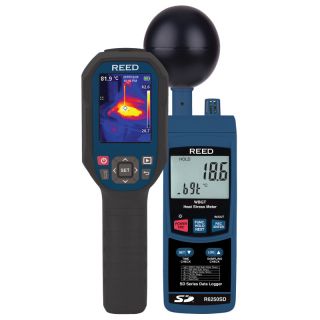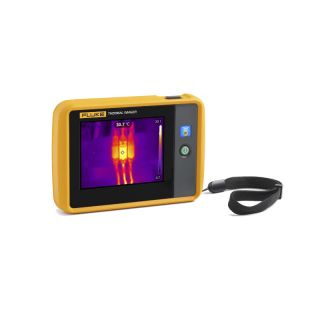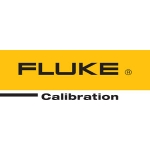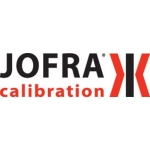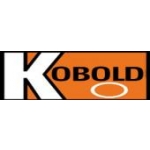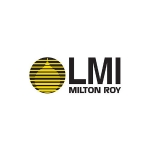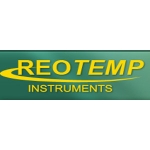We use cookies to make your experience better. To comply with the new e-Privacy directive, we need to ask for your consent to set the cookies. Learn more.
Thermal Imagers
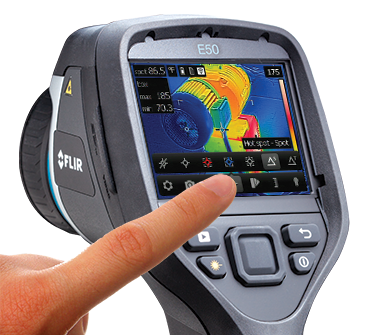
Did Arnold really fool the Predator's Thermal Targeting System?
|  |
The famous sci-fi movie, Predator, starring Arnold Schwarzenegger, has our hero's entire entourage of soldiers wiped out by an alien "Predator", using some nifty camo and what appears to be a infrared thermal targetting system for his weapon. Arnold faces the alien in a showdown at the end of the film, where he covers his body in mud, thus "hiding" from the alien's infrared vision/target system and eventaully terminating the brute. However, was Arnold's plan to cover himself in mud possible, or was it Hollywood's "modified" science? Let's learn about infrared imagers and see...
How does a thermal imager actually work? All objects above the temperature of absolute zero emit infrared energy (heat) as a function of temperature. Once the infrared emission is identified, the object has, as it is commonly reffered to, a "heat signature". Many weapon systems use a heat signatures to target an object, such as a fighter aircraft following its jet engine exhaust's heat signature . It is a fact that the hotter an object is, the more infrared radiation, or energy, it emits. A thermal imager, thermal camera, or infrared camera (all the same thing) are sensors that are capable of detecting temperature differential. The thermal imager then paints a picture of the "heat signature" and gives the user an image of the signature. Now we see why this is such a valuable troubleshooting detection tool. Temperature cannot hide, so objects are easily detected by the thermal imager; small temperature changes can make amazing details in the scene scanned by the imager. Thermal imagerers really create a grayscale representation of the image: colder objects are colored black, hotter objects are colored white, and the depth of gray indicates differences between the two. Modern thermal cameras, however, add a progammable color pallete to the image to help users identify objects at different temperatures.
So back the the movie Predator and the famous conclusion...Could Arnold hide from the alien's infrared thermal vision system using mud? ABSOLUTELY NOT!!! Arnold would have actually been easier for the alien to target since the mud would have created a bigger temperature differential to Arnold's surroundings. Chances are, the mud would have lowered Arnold's overall heat signature and he would have stood out prominetly in the tropical jungle. Remember, a thermal imager detects temperature DIFFERENTIAL; the only way Arnold could have hid his heat siganture would have been if his body temperature exactly matched his environment's temperature. Stay in the mud pile Arnold! Any change in this temperture and the thermal signature would have been visible. So, Hollywood was taking some liberty with science once again in this now-famous movie, but let's give them a pass because that was one cool sci-fi flick!
This category includes our offering of thermal imaging infrared cameras for industrial and commercial temperature analysis. Thermal imaging traditionally finds its application in low or no ambient light conditions such as night or total darkness. Thermal imagers can penetrate smoke, fog and haze. These features make the technology ideal for perimeter security and fire & rescue fields. With advancements in these fields, thermal imagers have found their uses in industrial plants and commercial buildings. The applications are almost countless and when the user's safety is a concern, the thermal imager comes up big. Applications aside, thermal imagers are one of the biggest developments in measurement over the last 20 years.
- Triplett IRTC400 Thermal Imaging CameraSpecial Price $363.59 Regular Price $399.99




